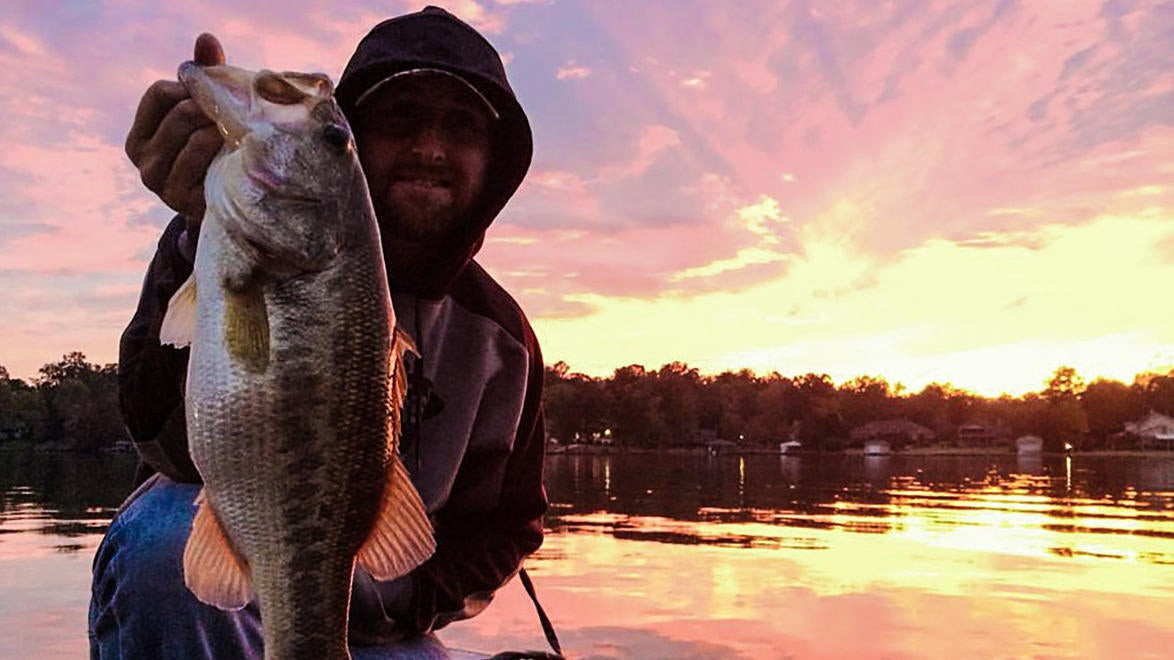As the leaves change color and temperatures drop, bass fishing can become increasingly rewarding. In the fall, bass are actively feeding in preparation for winter, making them more aggressive and easier to catch. Focus on shallow waters near drop-offs, where bass are likely to be hunting for food.
Understanding Fall Bass Behavior
During the fall, bass undergo behavioral changes in response to cooler temperatures and shorter daylight hours. They become more active, feeding heavily to build up reserves for the winter. This period is known as the fall feed, and it’s an excellent time for anglers to target bass. Bass move closer to the shore, often found near drop-offs, points, and other structures where baitfish congregate.
Selecting the Right Lures and Baits
Choosing the right lures and baits is crucial for fall bass fishing success. Crankbaits that mimic shad or other baitfish are highly effective, as they match the bass’s primary food source during this time. Jigs and soft plastics can also be productive, especially when fished slowly along the bottom. Topwater lures can provide exciting action during early morning and late evening when bass are actively feeding on the surface.

Techniques for Fall Fishing
Adjust your fishing techniques to match the changing conditions of fall. Slow down your retrieval speed, as bass may be less aggressive in cooler water. Use a methodical approach, thoroughly covering likely spots before moving on. Pay attention to subtle bites and be ready to set the hook quickly. Vary your presentations and experiment with different lure colors and sizes to find what works best.
Fishing Hotspots in the Fall
Knowing where to fish is as important as how to fish. In the fall, focus on areas with abundant baitfish, such as creek mouths, points, and coves. Drop-offs and ledges are prime locations, as bass use these structures to ambush prey. Lakes and rivers with healthy populations of shad or other baitfish species often produce the best results. Research local fishing reports and talk to other anglers to identify productive spots.
Adapting to Weather and Water Conditions
Fall weather can be unpredictable, with sudden changes in temperature and conditions. Dress in layers to stay comfortable and be prepared for varying weather. Monitor water temperature, as bass activity often correlates with temperature fluctuations. Adjust your fishing strategy based on weather patterns, such as targeting deeper waters on sunny days and shallower areas during overcast or rainy conditions.
With the right approach and a bit of luck, you’ll find fall bass fishing to be a highly productive and enjoyable experience, offering the chance to catch some of the year’s biggest and most aggressive fish.
Image: Wired2Fish





